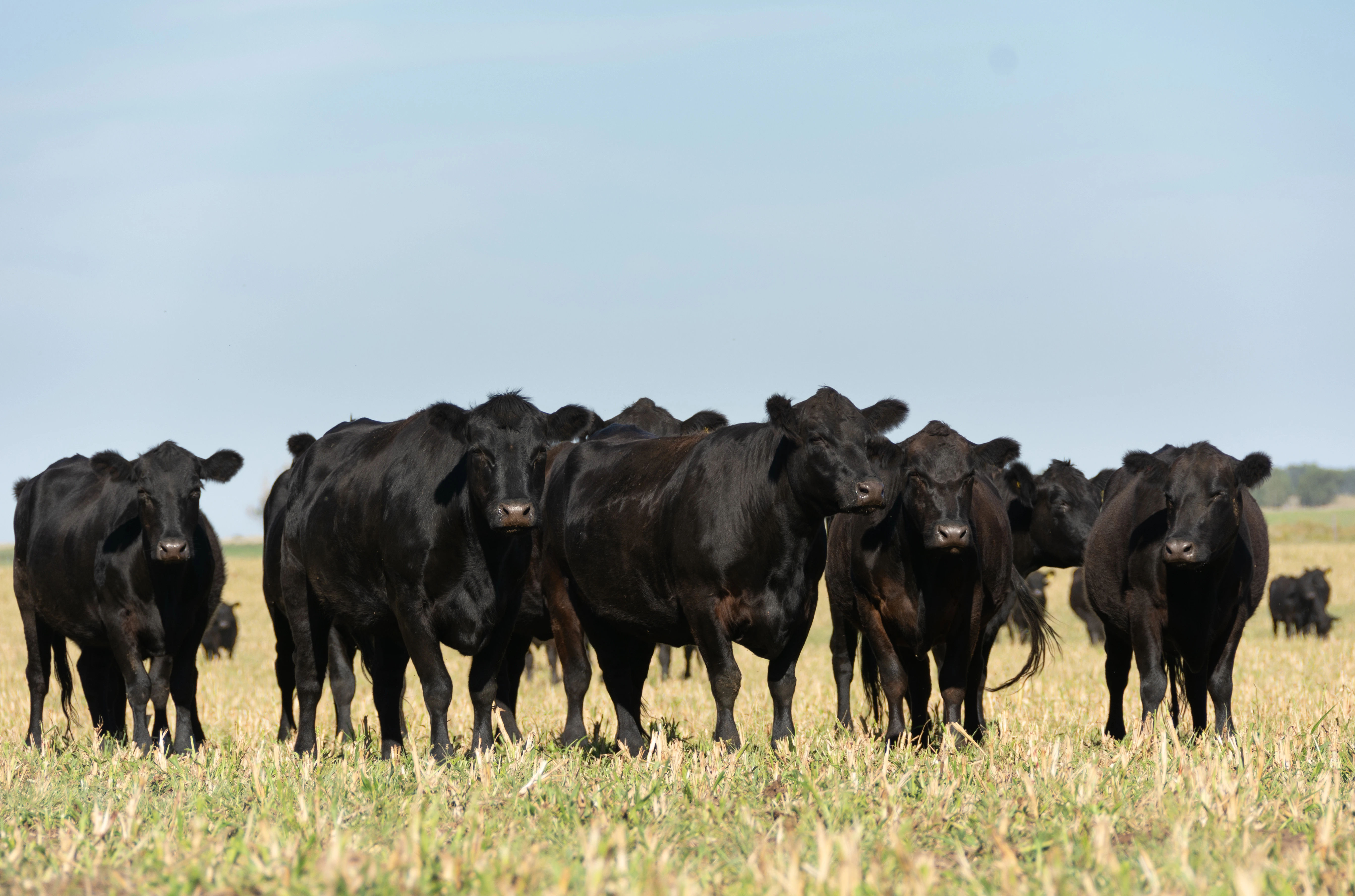
Using PCR testing technology is a fast and accurate way to detect and control the spread of Mycoplasma in a herd.
But when and how to use PCR testing for prevention and control of Mycoplasma mastitis is a herd-level decision. It depends on the herd’s prevalence of contagious mastitis, biosecurity protocols, herd management, staffing and if purchased animals are being added. Because Mycoplasma mastitis is both highly contagious and untreatable, it is best to have a conversation with your veterinarian to determine the level of risk and establish a testing plan for your dairy.
For example, in a herd with low mastitis prevalence, excellent herd management, and few to no purchased animals, it may make sense to simply culture milk samples. If at any point a sample tests positive for Mycoplasma, the herd would switch to PCR testing to minimize spread.
In herds with a higher prevalence of mastitis, that routinely purchase animals, or with high staff turnover or shortages, it is advisable to use PCR testing on any cow suspected mastitis.
Regardless of which of these approaches a herd takes, there are several situations where PCR testing is recommended:
When PCR Testing is Recommended
.webp)
- To screen new cows. Any purchased animals should be isolated upon arrival at the dairy and tested before being comingled with the herd. PCR results are available within 24 hours.
- A fresh cow that was clear of mastitis at dry off. Use a PCR test to confirm the cow is still free of contagious mastitis before transferring her to the milking string. Because PCR results are almost immediate, management routines do not have to be interrupted.
- Your milk buyer reports a positive Mycoplasma test on a bulk tank sample. To quickly identify the source, PCR should be used. PCR tests are sensitive enough to identify Mycoplasma in a group milk sample from 10 cows. When a group of 10 tests positive, each cow is then tested individually with a follow-up PCR test to pinpoint the individual culprit. This strategy allows you to clear cows quickly, identify infected animals and minimize total testing cost.
- For large-herd surveillance. In large herds that freshen multiple cows each day and have a low mastitis prevalence, the “groups of 10” strategy can be used to minimize cost of PCR testing for individual fresh cows, while still keeping Mycoplasma in check.
- Herd outbreaks. In the unfortunate situation of a herd outbreak of Mycoplasma mastitis, use PCR testing to minimize the spread and loss from the disease. Again, testing groups of 10 can help streamline the screening process and minimize cost.
If you would like to learn more about PCR testing at The Dairy Authority Lab, please ask your TDA veterinary practitioner, or contact us at tech@dairymd.com.








